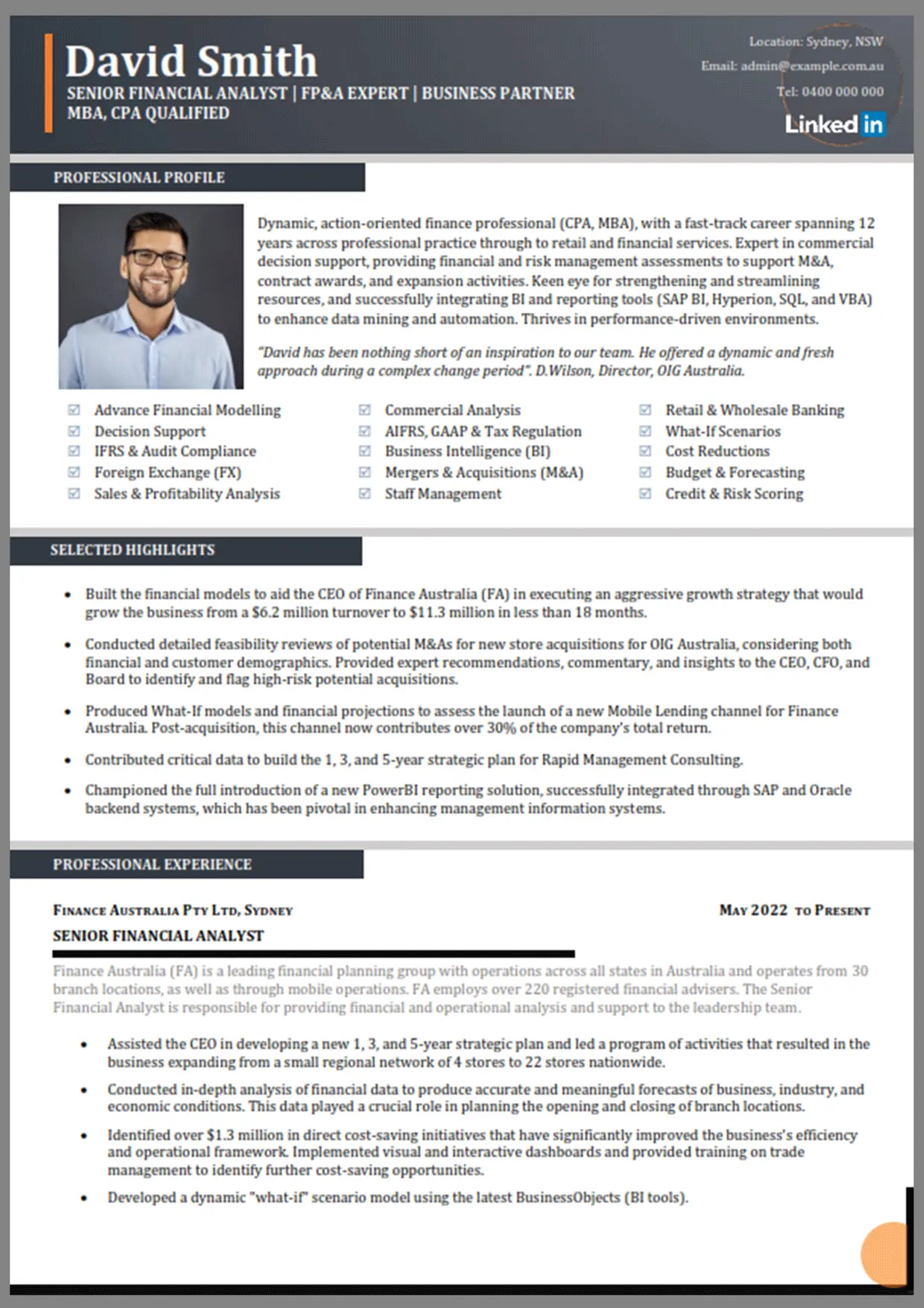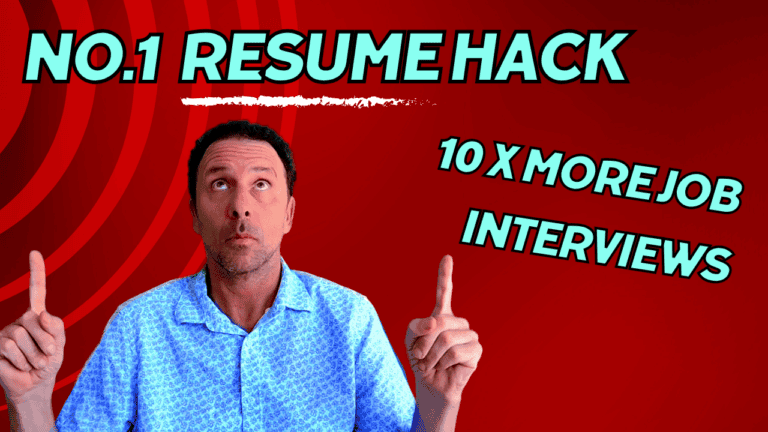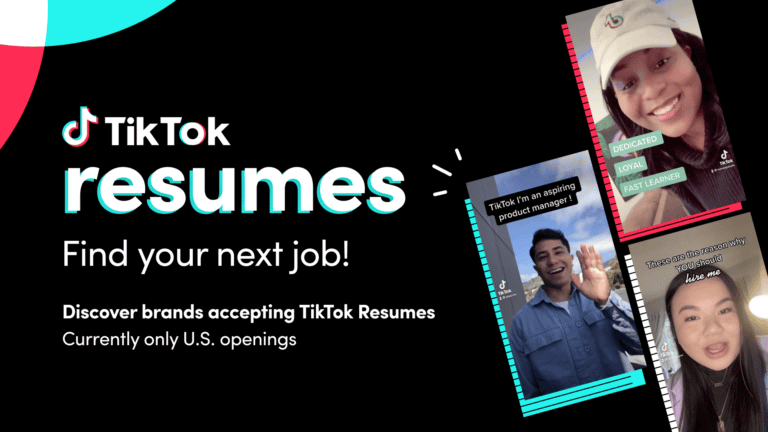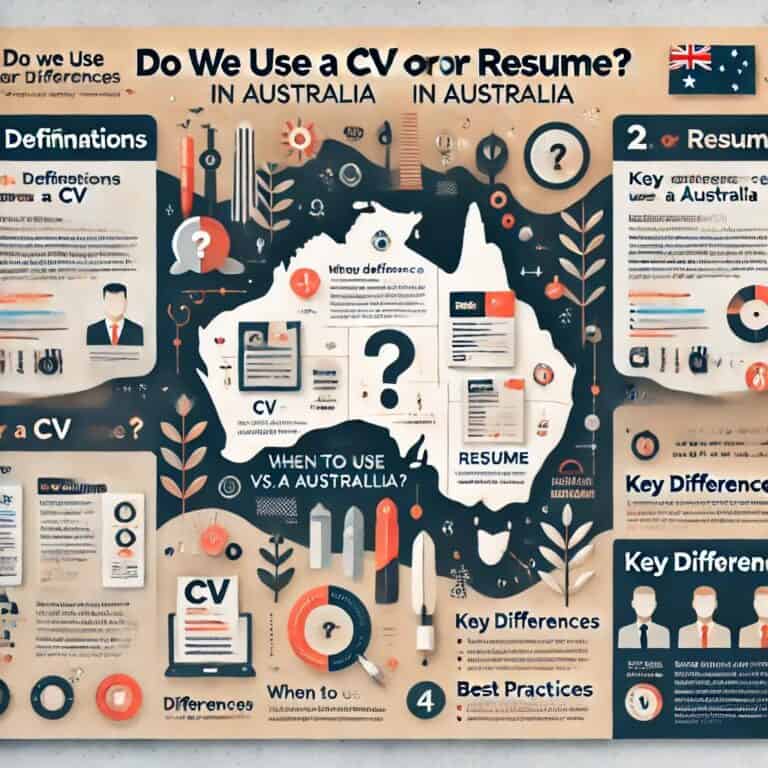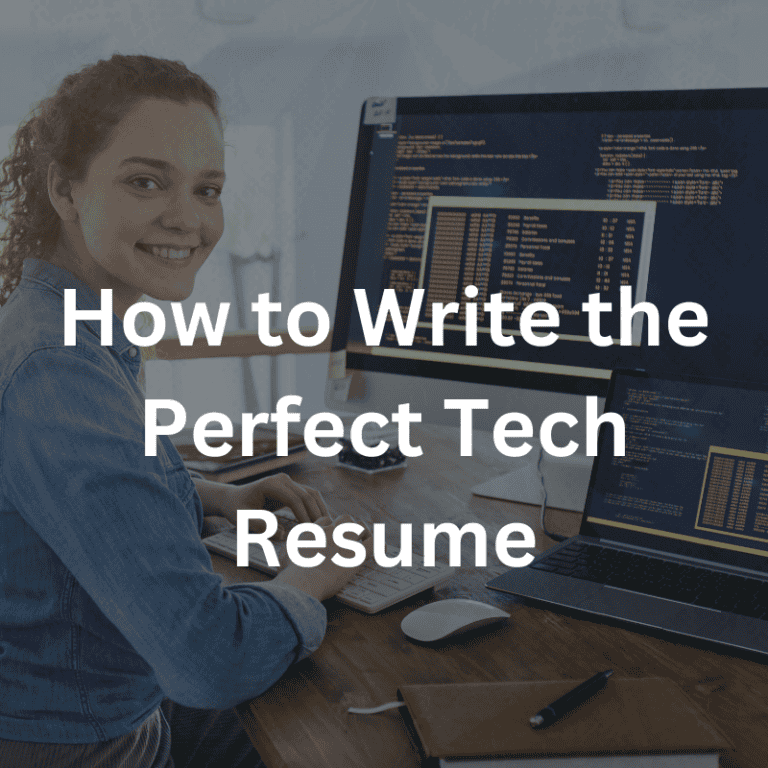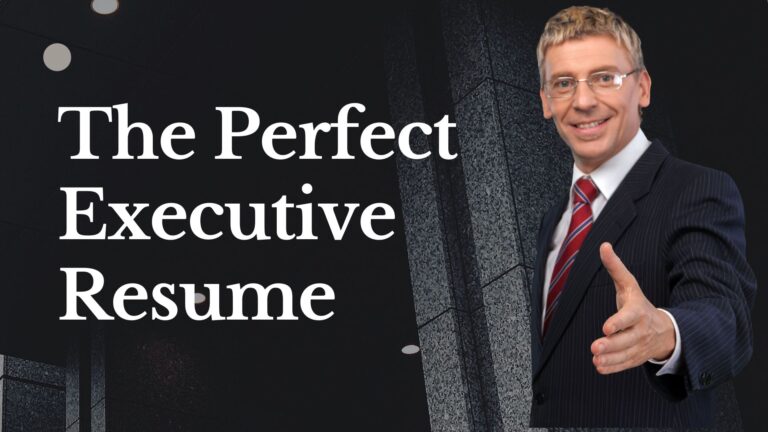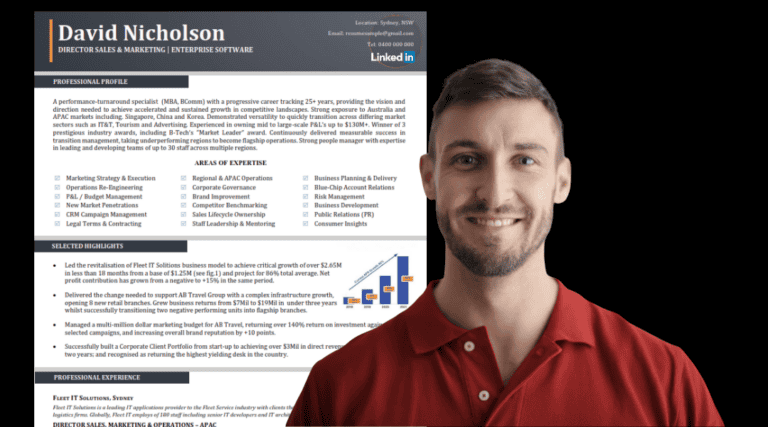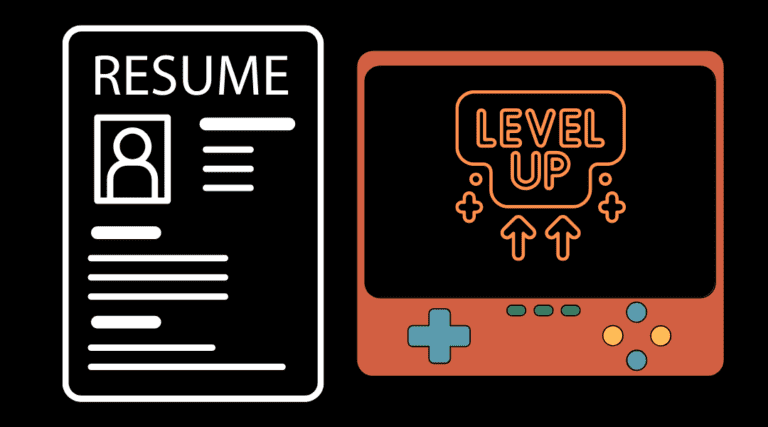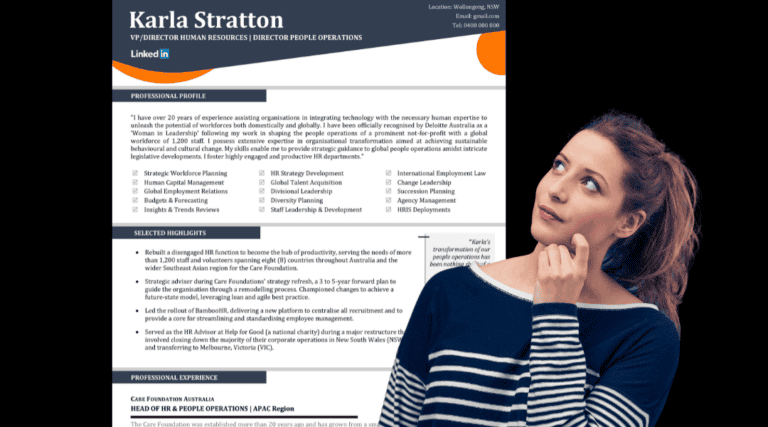How to Write a Resume That Gets Noticed
In today’s competitive job market, your resume is often the first impression you make on a potential employer. To ensure your resume gets noticed, you need to craft a document that not only highlights your qualifications but also stands out in a sea of job applications. In this this article, I hope to guide you through the various aspects of creating a compelling resume that impresses employers and increases your chances of landing your dream job.
These include a number of tips that I regularly provide to my clients
What Impresses Employers on a Resume?
When you begin writing your professional resume, it’s essential to consider what impresses employers in your specific industry. Your resume should reflect your qualifications and industry knowledge in a way that resonates with the hiring managers. Here are some key elements that can make your resume shine:
- Industry Expertise
Mention the industries you’ve worked in, including any well-known competitors. Your resume needs to showcase your familiarity with the market and help employers see that you bring a wealth of relevant experience. Over the years, I’ve also seen employers value industry knowledge ahead of experience.
- Qualifications
Highlight your educational background, certifications, and any specialised training relevant to the job. Employers value candidates who have invested in their education and skill development. I’d recommend brushing up on the latest IT skills also.
- Content Relevance
Your resume should emphasise the relevance of your previous roles and responsibilities to the job you’re applying for. I always recommending showcase specific projects or achievements that directly relate to the new position, and do this in a format that stands out!
- Specialist Industry Knowledge
To set yourself apart, demonstrate your in-depth understanding of your field, including industry trends, technologies, and best practices. Provide examples of how your expertise has positively impacted your previous employers.
Choosing the Right Direction of Your CV
The direction of your CV should be tailored to your career goals and the specific industries you’re targeting. I prefer a resume that can clearly demonstrate a candidates career trajectory, making it easy for employers to see how your experience aligns with their needs. Here are some tips to help you choose the right direction:
Relevance
Ensure that your resume’s content is not only relevant to your career but also to the industries you’re approaching. Employers want to see a clear connection between your past experiences and the role they’re offering.
Clarity
Make your career progression evident by structuring your resume in a chronological order, highlighting your most recent and relevant experiences. This chronological approach allows employers to follow your professional journey easily.
Tailoring
Customise your resume for each job application to emphasize the skills and experiences that match the requirements of the role. Tailoring your resume demonstrates your commitment to the specific position and your attention to detail.
How to Tailor Your Resume for Each Job
Tailoring your resume for each job application is a crucial step in getting noticed by employers. It takes time, but it’s where I see the most returns.
Here’s how to do it effectively:
Job Description Match
As a professional resume writer I would recommend keeping the job description for the position you’re applying for nearby, and adjust your resume to align with the specific requirements and keywords mentioned. This alignment increases the chances of your resume passing through applicant tracking systems (ATS).
Highlight Relevant Experiences
Emphasise your most relevant experiences, skills, and achievements that demonstrate your suitability for the job. Use quantifiable results and specific examples to showcase your abilities.
Customise Your Profile
Your resume’s profile or summary section should reflect the qualities and competencies desired by the employer. Use this section to provide a brief overview of your career objectives and the value you bring to the organization.
How to Use Keywords in Your Resume
Using keywords strategically in your resume can enhance your chances of getting noticed, particularly in technical fields like IT. Here’s how to make the most of keywords:
Profile Section
Incorporate essential keywords related to your industry, skills, and qualifications in your profile section. This section serves as an at-a-glance introduction to your candidacy.
Throughout the Resume
Distribute relevant keywords throughout your resume, but do so naturally to maintain readability. Keywords should be seamlessly integrated into your accomplishments and responsibilities.
Choosing the Right Format for Your Resume
Selecting the appropriate format for your resume is essential, as it affects how your document is perceived by employers. Some tips for choosing the right format include:
Easy to Manipulate
I’d recommend sticking with a format that is easy to edit and modify, ensuring your resume remains up to date. Hard to manipulate documents will discourage you from making ontoing changes. Use standard formatting and fonts to guarantee compatibility.
PDF Format
When sending out your resume, use a PDF format to ensure that it retains its original layout and is accessible on various devices. A PDF format preserves your document’s appearance, ensuring it looks the same to all recipients.
Should You Use a Picture on Your Resume?
Over the years, I’ve found that including a picture on a resume is a personal choice, and its impact can vary. Recent research suggests that pictures can help a CV stand out. However, consider the conventions and expectations in your specific field when deciding whether to include a photo.
What Resume Formats Do Employers Prefer?
The typical resume format is reverse chronological, which lists your work experience in order from the most recent to the oldest. However, there are alternative formats you can use based on your needs, such as:
Skills-Based Resume
This format focuses on your skills and qualifications, making it suitable for career changers or those with gaps in their employment history. It emphasizes what you can do, rather than when you did it.
Combination Resume
This format combines elements of both the chronological and skills-based formats, providing a comprehensive overview of your qualifications and work history. It’s an excellent choice when your skills are as important as your work history.
Is It Bad to Have Too Many Jobs on Your Resume?
Having too many jobs on your resume can be overwhelming and make your document less effective. If you’ve held numerous positions, consider strategies such as consolidating similar roles under a single header. This helps streamline your resume and keeps it focused on your most relevant experiences.
How Far Back Should a Resume Go?
The general rule is that your resume should cover your last 3 to 4 jobs, depending on your experience level. Earlier positions can be summarised, giving more space to your recent and relevant experiences. However, if you’re a contractor or have had multiple short-term roles, you may need to expand beyond the usual limit to provide a comprehensive overview of your work history.
Should I Include a Short Job on My Resume?
Yes, you should include short-term jobs on your resume. While it’s common to focus on longer-term positions, briefly mentioning shorter roles can demonstrate your work history and diverse experiences. It’s crucial to provide context and emphasize any valuable skills or achievements gained during those short stints.
What Not to Include on Your Resume
To ensure your resume is effective and professional, there are some things you should avoid including:
Personal Information
Do not include personal details like your age, gender, marital status, or social security number. Such information is not relevant to your qualifications and can lead to potential discrimination.
Irrelevant Hobbies
While mentioning hobbies can add a personal touch, avoid listing irrelevant activities that do not contribute to your qualifications. Focus on hobbies that showcase transferable skills or demonstrate your personality.
Negative Language
Stay positive in your language and avoid discussing past job challenges or conflicts. Your resume is a marketing tool, and negativity can deter employers.
Top 10 Resume Mistakes
Avoiding common resume mistakes is crucial to impressing employers. Here are the top 10 resume errors to steer clear of:
- AI Content
Recruiters and employers can spot AI content a mile off. Furthermore, many ATS systems now flag AI content.If you are using AI, use it as a guide not as a rule.
- Generic Objective Statements
Customise your resume’s objective to each job application. Generic objectives can make your resume seem less tailored and engaging.
- Overcomplicated Language
Keep your language clear and concise. Employers appreciate straightforward communication and may disregard overly complex or verbose resumes.
- Lack of Keywords
Include industry-specific keywords to improve searchability. Keywords are essential for getting noticed in online application systems and during manual reviews.
- Lengthy Resumes
Keep your resume to a reasonable length, focusing on relevance. Overly long resumes can overwhelm employers and diminish the impact of your most important information.
- Inaccurate Information
Be honest and accurate in describing your qualifications. False information can be easily uncovered during reference checks, damaging your credibility.
- Missing Contact Information
Ensure your contact details are up to date. Employers need a way to reach you for interviews and further discussions.
- Unprofessional Email Addresses
Use a professional email address for job applications. Your email should reflect your name or a variation that appears professional, not casual or humorous.
- Listing References Who You Don’t Want to Contact
Ideally, references should be provided separately upon request, not on your resume. Including references on your resume clutters the document and takes up valuable space.
- Omitting Achievements
Highlight your accomplishments, not just your job responsibilities. Employers want to see how you’ve made a positive impact in your previous roles, so provide specific examples of achievements and outcomes.
Finally…
Crafting a resume that gets noticed requires attention to detail, relevance, and an understanding of industry-specific preferences. By following these guidelines and avoiding common pitfalls, you can increase your chances of standing out to potential employers and securing the job opportunities you desire.
